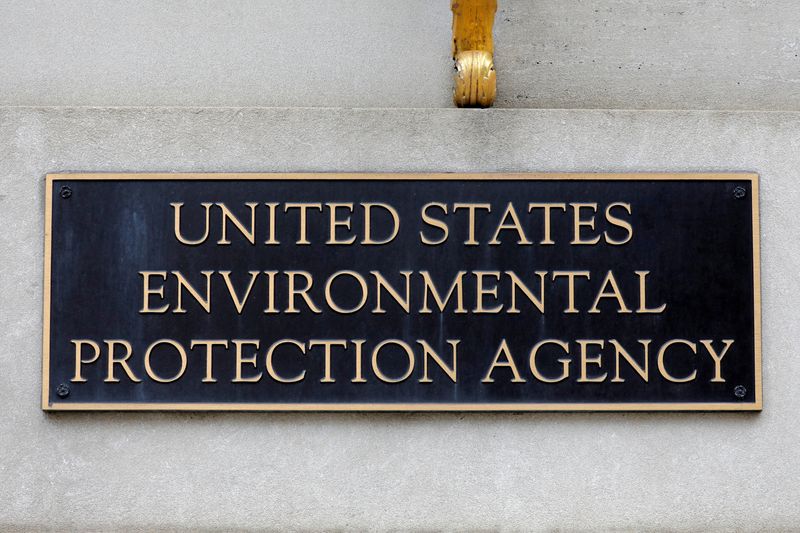By Timothy Gardner
WASHINGTON (Reuters) - The Biden administration on Wednesday proposed guidelines to reduce toxic pollutants in wastewater from coal plants that pose health risks to people and damage to fish and wildlife.
The standards are part of a package of regulations the administration is set to roll out in coming months that seeks to hasten the energy transition off fossil fuels like coal, oil and natural gas, including rules on methane emissions from drilling operations and pipelines.
The Environmental Protection Agency proposed "zero discharge standards" for wastewater from flue gas desulfurization wastewater, bottom ash transport water, and tougher standards on combustion residual leachate.
"Today I'm proud to share the agency is proposing the strongest limits ever on wastewater discharges from coal-fired power plants," EPA Administrator Michael Regan told reporters.
The EPA said the standards were stronger than ones proposed by the Obama administration that were weakened by the Trump administration.
The new standards aim to cut about 584 million pounds (264,900 tonnes) per year of pollutants that accumulate in the food chain such as selenium, mercury, arsenic, nickel, bromide and chloride. Health risks from the pollutants include cancer and other illnesses and, in children, lowered IQs, the EPA said.
In fish and wildlife, the pollutants may cause deformities and reproductive harm and remain in the environment for years.
The agency estimates that the standards will lead to the closure of one additional coal plant than business as usual and to less coal-fired generation from many other plants.
The standards have some flexibilities for plants that are committed to stop burning coal in a few years.
Power bills for typical households would only rise about 63 cents per year as a result of implementing the standards, the EPA said.

The EPA will take comments on the proposed standards for 60 days and plans to issue final standards next year.
After they are finalized the standards could be challenged in court or potentially weakened by a future president with different views on regulation.